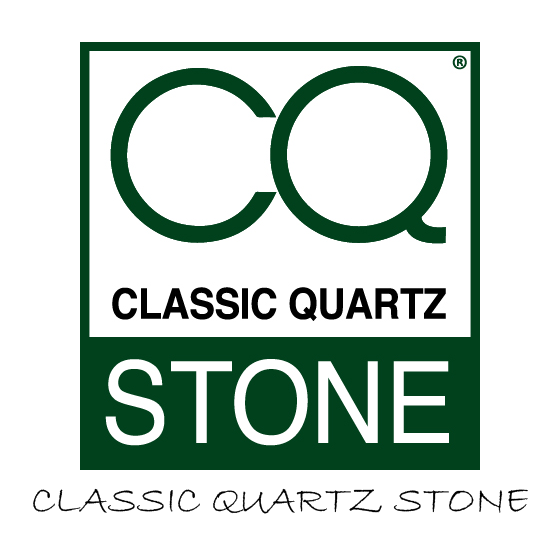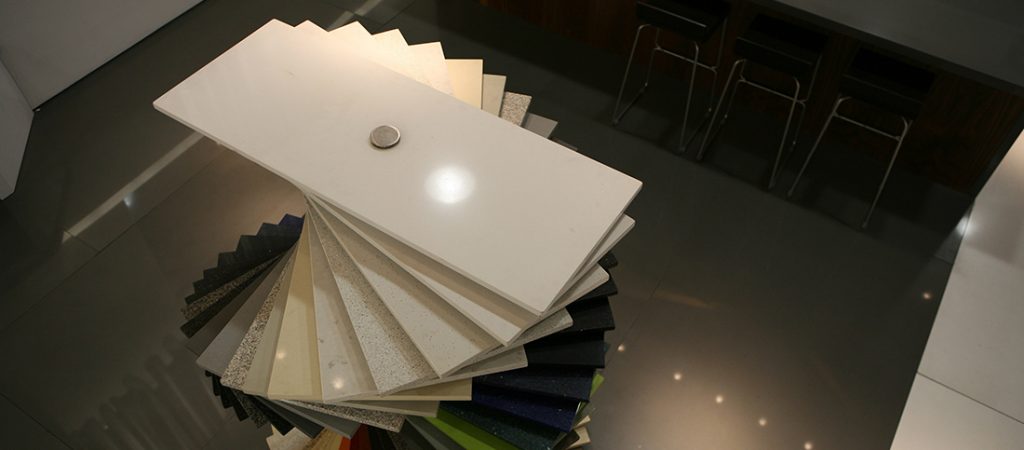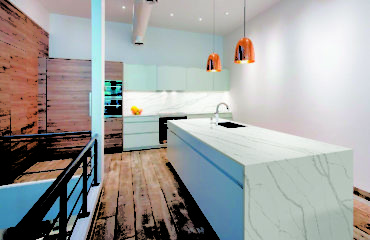Since the invention of Formica (back in the 1920s) kitchen tops in the UK have widely been covered with laminates. However, during the last decades or so, natural stone surfaces are finding their way in more kitchens; Marble, Granite, soapstone and even concrete. But there’s a new contender for the countertop of the year award: Quartz.
Quartz boasts of the best qualities featured in laminates and stones alongside its own unique features. Quartz began appearing in UK homes not long ago and the popularity later spread to America. Today, a quartz countertop is among the best sellers with sales increasing by double digits in the last decade.
Some quartz countertops are simply made of quarried slabs of natural stone. A new form of engineered quartz is being created through a manufacturing process that mixes 95% natural quartz with polymer resins. This leads to a very hard, natural stone-looking, low-maintenance counter top that is available in different colours.
The engineering process which involves a resin binder and more colour options gives quartz surfaces some benefits that you will not find in most natural stones. Talk of getting the best of both worlds. Whether it is the right choice for you is determined by your style preferences, cost sensitivity and how you control its pros and cons. As much as it is a great product for countertops, it has its cons. Let’s explore the pros and cons that come with quartz.
The good
- Quartz achieves the same lifespan as granite and concrete but it is quite more forgiving than both, quartz will not chip or crack easily. It might not feel hard when compared to granite, but you can be assured that it can take a hit or two.
- Quartz being a manufactured product is very attractive. The manufacturing process facilitates for a much wider range of colours to choose from when compared to natural stones such as marble and granite. The appearance of the final product is something that oozes luxury and class. The depth in it is something that can be produced on a natural stone.
- Quartz is a non-porous material and thus it can resist staining way better than granite and marble. It will stand up to wine, juice, tomato sauce, oil, coffee and many other types of stains that characterize the kitchen. Additionally, since it is non-porous, it will not harbour bacteria – non need for regular sterilization.
The bad
- You have already anticipated this one; the price. For all those benefits, you don’t expect engineered stone to come cheap. On estimate, you will get quartz retailing at 80-140 pounds per square foot. Well, if you were looking for example to have a quartz kitchen countertop on a budget, then that budget will not be small.
- As much as it will look good, you can’t achieve the same natural looks like you will get with granite, slate, marble or wood. You will notice the engineered stone quite easily. Although this is not necessarily a con, some home owners love the premium look of natural stone.
- As much as it can take some heat, it will not take as much heat as crushed glass, concrete or granite. You will have to exercise some caution with hot pots and pans or hot hair tools in the bathroom. You’ll need to use trivets and hot pads to protect the surface.
When all is said and done, it will come down to individual preferences. Depending on what you are looking, quartz will always be an ideal choice for any kitchen or bathroom. It is available in many different patterns and when installed professionally, it may outlive the house, it is installed in… worth it!




